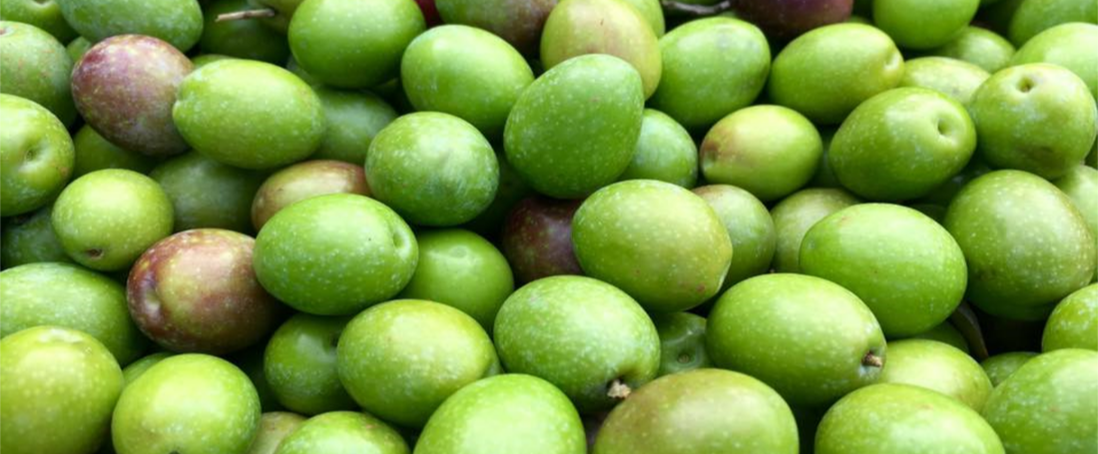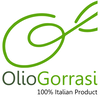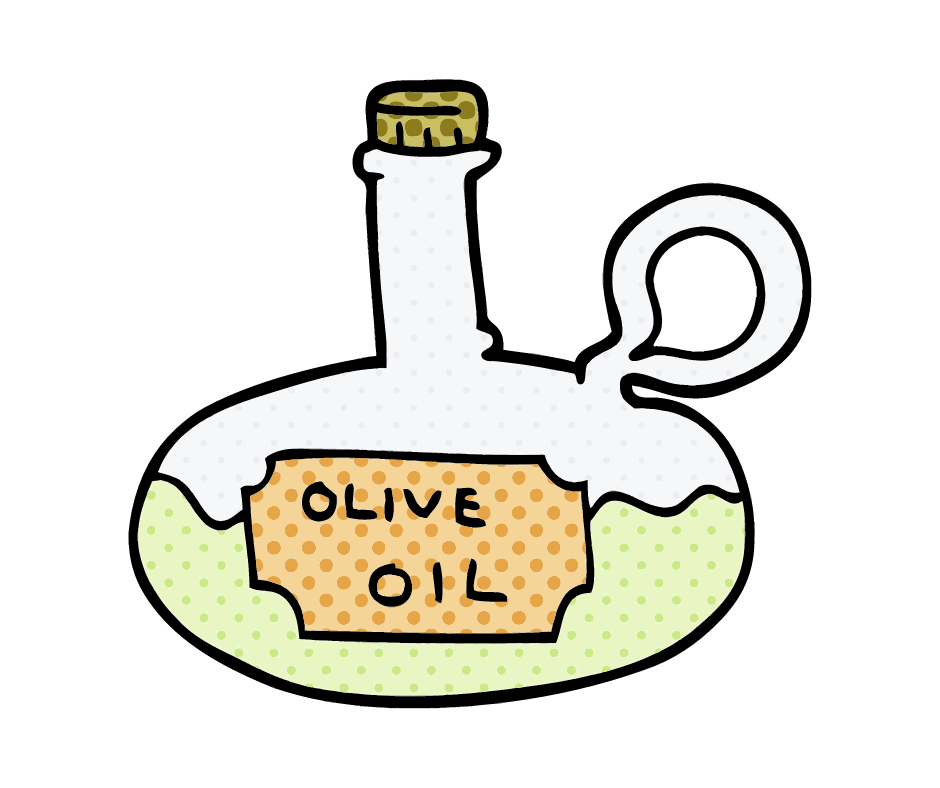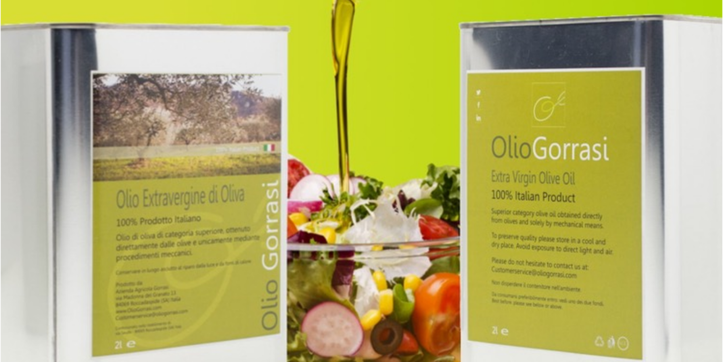|
Correct storage is critical to preserve nutritional qualities of extra virgin olive oil. The rule number one to get olive oil when its nutritional qualities are the highest level is to buy the most recent harvest. The rule number two is buying from a trusted producer, whenever possible.
Great! Now that you got a high quality extra virgin olive oil, how do you preserve its nutritional qualities? Storage is the most important element to preserve its qualities for a longer period of time. Olive oil enemies are: Oxigen, Light and Heat. If we protect it from these three elements we are doing the right thing. Oxygen - Freshly milled olive oil is packed with antioxidants (polyphenols), an indicator of quality. If you expose it to air/oxygen these qualities degrade quickly due to the oxidation process. So, always keep your olive oil well sealed. If you buy it in packaging bigger than one litre it is strongly recommended you bottle it in smaller and sealed containers. Light - Exposure to light causes a chemical reaction called photo-oxidation. Good practice is to keep it away from sunlight and always in dark colored containers. Dark glass, stainless steel or porcelain are ideal, certainly not plastic. Heat - Ideal temperature for olive oil is around 15C, it should never be stored in a warm environment above all if temperatures can go above 20C. Heat could turn it rancid. A sound practice is keeping just daily or weekly consumption in the kitchen if the environment is constantly warm. Remember! Olive oil is not wine. Its qualities degrade with age. In conclusion, always buy the current year harvest and to preserve its nutritional qualities, store olive oil in a dark and cool place.
0 Comments
In order to be classified as Extra Virgin, olive oil must possess specific qualities. These are defined by the European Union regulations 2568/91 and subsequent amendments. Chemical parameters such as pH (acidity) and peroxide amount, differentiate Extra Virgin Olive Oil from lower quality products such as refined oils or lampante. Organoleptic properties like spiciness, rancidity, mouldiness and fruitiness also contribute to the classification of Extra Virgin Olive Oil. These properties are, in fact, assessed by a panel of tasters. If the olive oil is rancid or mouldy, it cannot be marketed as Extra Virgin. This is the legal definition, which, unless you are a chemist, does not tell you much. Nonetheless, as a consumer, it is important to know that it is these particular chemical characteristics that certify a high-quality product. They indicate that the olives have been attentively cultivated, harvested and milled with care. For example, did you know that olives must be harvested when they reach a specific level of ripeness? Moreover, damaging the olives must be avoided at all times and they should be pressed within 24 to 48 hours of picking. The use of natural fertilizers such us plant-based or animal manure also greatly contributes to quality. Shown below are the chemical parameters and organoleptic properties of the olive oil produced from our 2017 harvest. The test report certifies that our product can be classified Extra Virgin Olive Oil.
 Does the title of this post sound a bit pretentious? Well, sadly, it’s true. Genuine, healthy food cannot be low cost. Products manufactured by the large-scale food industry can be, but the quality ingredients needed for a wholesome diet cannot be delivered to the public with prices that replicate those of food industries.
All across Europe, local family businesses delivering tasty bread, fresh, savoury meat, flavour filled fruit, etc. have fallen into decline over the last decades. Think for a second, when was the last time you enjoyed a tasty plum? Or bought some pears that didn’t perish within a couple of days? A growing number of people, if not all of us, has become accustomed to the food with non-existing flavour offered by the big distribution. Only an aging minority, witnesses of locally grown, authentic ingredients could tell you what a vegetable should taste like and when it’s in season. The quality of food in supermarkets is a disappointment, more harmful than it is nutritious. So, dear reader, if you’re interested in the topic and have read thus far, one must pose you the question: which category do you belong to? Are you a mainstream food consumer or an aging, more demanding consumer? If you are a mainstreamer, you most likely purchase your groceries from large chains, paying three for the price of one! Seems like a great deal no? Yet this is the precise moment economics kill quality. Why? Big scale producers, with unbeatable bargain power push down the prices of ingredients potentially at the expense of quality. Low-cost/low-quality ingredients increase margins. The traditional, local family business model has no chance to survive in this scenario, unless, two conditions are met:
Whether you follow the three-for-one sales or are more demanding when it comes to the provenance and quality of food please visit our Store and buy Extra Virgin Olive Oil directly from our olive farm.  If we go to a grocery shop we usually find a wide range of Olive Oil and few labelled as Extra Virgin. The latter is rightly considered premium Olive Oil, top of quality and the most expensive. A true Extra Virgin Olive oil is immune from defects and it has a “fruity” taste of fresh olives. In fact, it should be the result of cold-pressing or mechanical pressing of fresh and integer olives. From a chemical point of view there are specific parameters that qualify an Olive Oil as “Extra Virgin”. These are the most important:
Oleic Acidity is certainly the most popular parameter among consumers. It is a qualitative indicator. The higher it is the lower is the quality of the oil. The degree of Acidity is directly correlated with fatty acids which are consequence of hydrolysis. Acidity provides an indicator of how olives are treated from harvesting to milling. Good quality requires olives to be harvested at the right degree of ripeness, properly stored and pressed as soon as possible: ideally within 24-48 hours from harvesting. Peroxide, K 270, K 232 and Delta K indexes are parameters that help detecting the oxidation of the oil and also help detecting possible blends or adulterations with other refined oils. In practice, producing an Olive Oil that meets all the above parameters is not difficult: it requires correct harvesting and mechanical pressing within 24-48 hours. Unfortunately, there is a quicker and much cheaper alternative: adulteration and blending of refined oils. Of course in this case quality is low to the point that the product could be bad for consumer health. How can consumers be sure of buying a genuine Extra Virgin Olive Oil? Unfortunately just reading labels is not always a guarantee of quality. The ideal solution is buying from olive farmers or as close as possible to a milling plant. The majority of consumers cannot buy from a farmer or an oil mill, in this case check the price. Bringing on the shelves an Extra Virgin Olive Oil at a price below Euro 6 per litre it is a very hard challenge. |
|||||||||||||||||||||||||||||||||||||||||||||||||||||||
|
AZIENDA AGRICOLA GORRASI
di Pasquale Gorrasi Via Madonna del Granato n.13 84069 Roccadaspide (SA) - Italia CF: GRRPQL62L22H394C P.IVA 05232090653 – REA Salerno n. 430495 |



